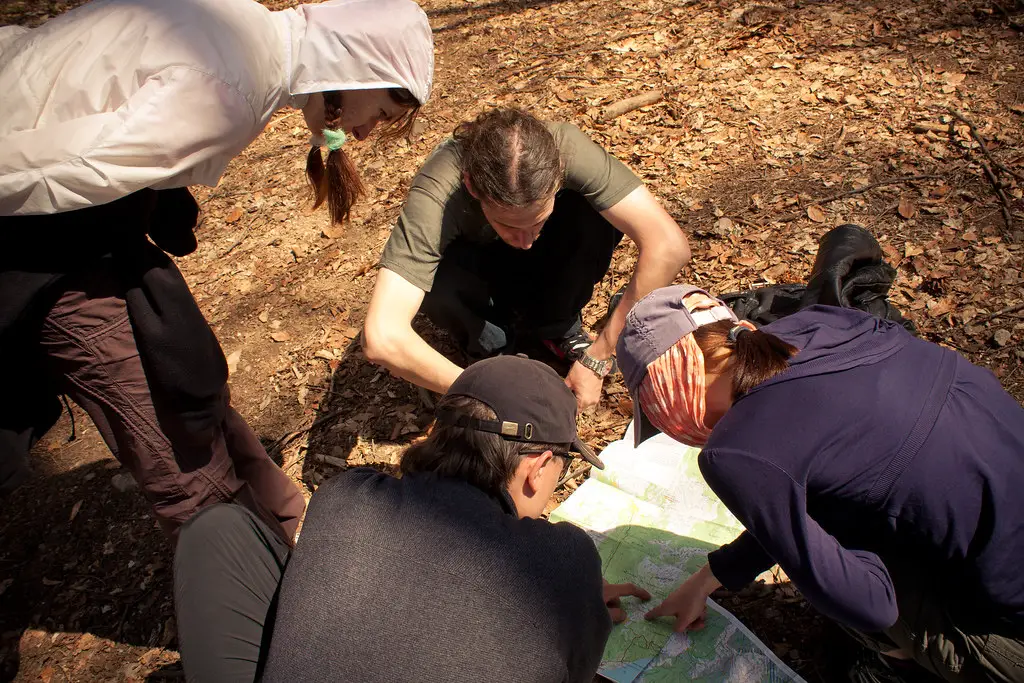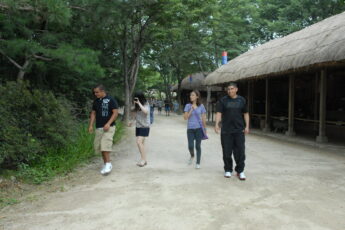You may wonder how to create an orienteering course if you’re a newbie. Fortunately, there’s nothing to worry about. First, the basics of orienteering are straightforward. So, you can create an excellent orienteering course with a compass, topographic maps, and ten or more control points.
Choose a Topographic Map
First, you’ll need a topographic map. Select a topographic map of an area you know, such as a local park or forest. Then, you’ll need to choose the best way to get to each control point. This will involve determining which method is most accessible.
Discussing the meaning of the different symbols on the maps is also important. You can show your scouts what these symbols mean and how to adjust them for declination.
Adjust the Map
After that, you’ll need to adjust the map for orienteering. Orienteering maps are designed with contour lines that identify essential features on the course. You can change the declination of the map to get the exact direction.
This will make it easier for participants to follow their routes. A good topographic map will also have a legend for important information. You can also use it to determine directions between landmarks.
Essential elements of a topographic map:
- Contour lines
- Declination adjustment
- Legend with important information
Sketch the Course
You can try to sketch your orienteering course. The key is to learn how to use topographic maps and map skills.
When designing a topographic map, understand how each symbol functions. If you don’t know how to read a topographic map, ask a friend to help you navigate. This will help you create a course that will give you the best opportunity to learn from others.

Choose the Venue
Before you start designing the orienteering course, choose the venue. The size of the venue depends on the number of competitors. If you plan to hold an event involving both sexes, ensure the venue is large enough to accommodate all the competitors.
A permanent orienteering course will make it easier for the participants to follow the route and avoid obstacles. The organizers should also include a terrain map and any other special requirements.
Factors to consider when selecting a venue:
- The number of participants
- Variety of terrains
- Exciting features
Prepare for the Terrain
Orienteering maps are an essential part of an orienteering course. A well-designed map will help competitors find their way without getting lost in the woods.
The terrain of an orienteering course should be flat and free of obstacles. A challenging course will be a challenge for the participants. Before the course is created, it is essential to prepare for the terrain. A map should contain at least a few landmarks on the course.
Adding markers will make the course more challenging and will increase the difficulty of the course. If there are no control points on the map, it is essential to use markers to ensure the participants can reach them.

Set up the Course
Once you have chosen the venue and sketched the course, you can set up the orienteering course. You can decide on the number of control points and how to build them.
The course should have a clear start and finish point. It should also have a route that the participants easily follow. You can put up items related to orienteering on the map, such as a topographic map of a neighborhood where you meet the scouts.
Tips for setting up control points:
- The number of control points depends on venue size and level of difficulty;
- Use markers if control points aren’t on the map
- Balance course difficulty for a fair event
Adding Excitement to the Course
To make an orienteering course challenging, you should include obstacles and markers. The flat terrain is ideal for orienteering courses, and balancing the difficulty of the course for all competitors is crucial. In addition, creating a course that challenges the participants will make the event more enjoyable.
Tips for adding excitement to the course:
- Include obstacles and markers
- Use flat terrain for orienteering courses
- Balance course difficulty for all competitors
Final Preparation
Before the orienteering event, it is essential to prepare everything. First, ensure enough control points and markers to guide the participants.
Make sure that the terrain is safe and free of hazards. You can also include some challenges, such as hills or rugged terrain. These challenges will increase the excitement of the course and make it more fun for the participants.
Conclusion
Creating an orienteering course may seem daunting, but it’s a straightforward process that requires preparation and equipment.
Following this article’s steps, you can create an excellent orienteering course to challenge and excite the participants. So, grab your compass and topographic maps, and start building your orienteering course today!
aeorienteering.com is reader-supported. When you buy through links on our site, we may earn an affiliate commission.




